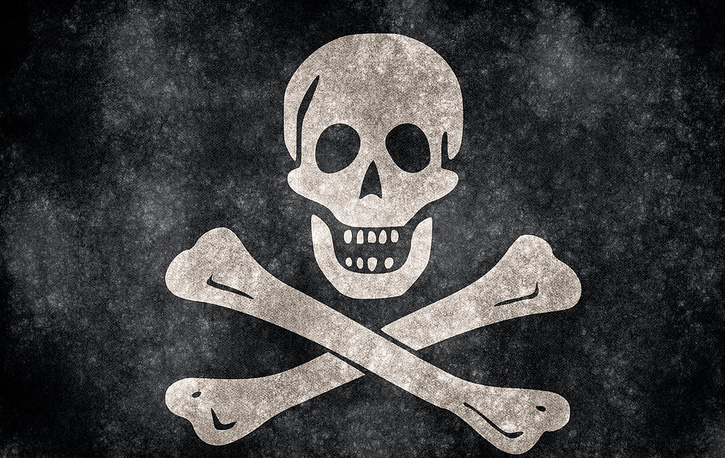Blog
Search
The Liquor Bottle Label Battle: Medical Community Rallies Around Alcohol Health Warnings
 It seems like such a simple thing: letting consumers know what is in the thing they are about to put in their body. But ever since Upton Sinclair's The Jungle, it's been a laborious slog to get corporate actors to simply engage transparently with the products they profit from. Now the idea that public has a right to know the risks and contents of their own recreation has come for the alcohol industry.
It seems like such a simple thing: letting consumers know what is in the thing they are about to put in their body. But ever since Upton Sinclair's The Jungle, it's been a laborious slog to get corporate actors to simply engage transparently with the products they profit from. Now the idea that public has a right to know the risks and contents of their own recreation has come for the alcohol industry.Big Alchool and its lackies responses have been, predictably, apocalyptic and desperate.
In 2020, Canadian researchers got permission to place prominent alcohol health labels on products at the state liquor store in Whitehorse, Yukon. Preliminary findings were encouraging, showing a slight decrease in purchasing of labeled products compared to both nonlabeled in that store, and all (unlabeled) products in a control store in another city. In addition, consumers were more likely to recognize the health risks in the labeled bottles and more likely to support policies to limit that risk. What was in equal parts encouraging, discouraging, and insane, however, was the lawsuit threatened by the alcohol industry to suppress the labels calling attention to cancer risk.
To be clear, the cancer risk from alcohol use is noncontroversial. And yet the Canadian team noticed that recognition of that risk was low. What they also noticed is that the lawsuit may, ironically, have driven awareness of the risk even higher--from the coverage and the sense that the state and the medical researchers were being pushed around by faceless corporations.
Since then, the impetus for confronting the industry head-on has been snowballing. In September, the New England Journal of Medicine, one of the preeminent medical journals in the country, ran an op-ed from Harvard Chan School of Public Health researchers detailing the evidence and need for these labels. "The alcohol industry spends more than $1 billion each year to market its products in the United States," the authors write. "As a result, the most readily available information about alcohol comes from alcohol companies themselves. The industry has also actively suppressed efforts to educate consumers about the health risks associated with alcohol."
The authors go on to observe that effective labelling has already been demonstrated in tobacco control science. The most effective labels are 1) displayed prominently on the front of product packaging, 2) designed to include photographs or icons, not just text, and 3) rotated from month to month or bottle to bottle to prevent consumers from getting inured to the message.
If this sounds like a reasonable proposal from a creditable source that no one in their right mind could argue with, then you haven't met the water-carriers for Big Alcohol. The Washington Times has already decided that alcohol warning labels are synonymous with Prohibition. (Crucially, the Times did not mention the cancer warnings, only ingredient labels--while the op-ed is incoherent at best, it seems Big Alcohol's lackeys learned at least one thing from the Canadian experience.) The industry salvos will keep coming, as they always have. And the more they do, the more opportunity the public health community will have to explain the truth, until stamping on a bottle is no more controversial than a bottlecap.
READ MORE about the demand for effective labeling of alcohol.
READ MORE about the cash and deception behind "healthy drinking."
Image by Nicolas Raymond via Flickr, used under Creative Commons license.
Help us hold Big Alcohol accountable for the harm its products cause.
| GET ACTION ALERTS AND eNEWS |
STAY CONNECTED    |
CONTACT US 24 Belvedere St. San Rafael, CA 94901 415-456-5692 |
SUPPORT US Terms of Service & Privacy Policy |
Copyright © 2025 Alcohol Justice. All Rights Reserved.
Joomla! is Free Software released under the GNU General Public License.


